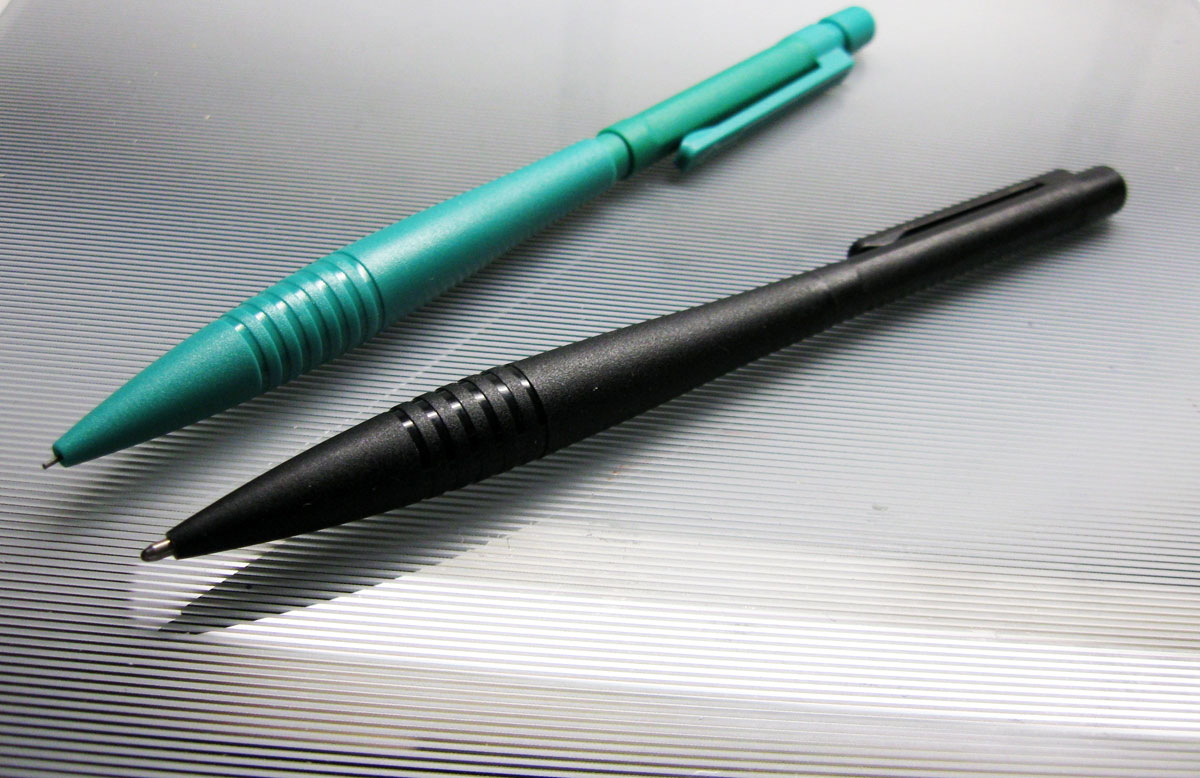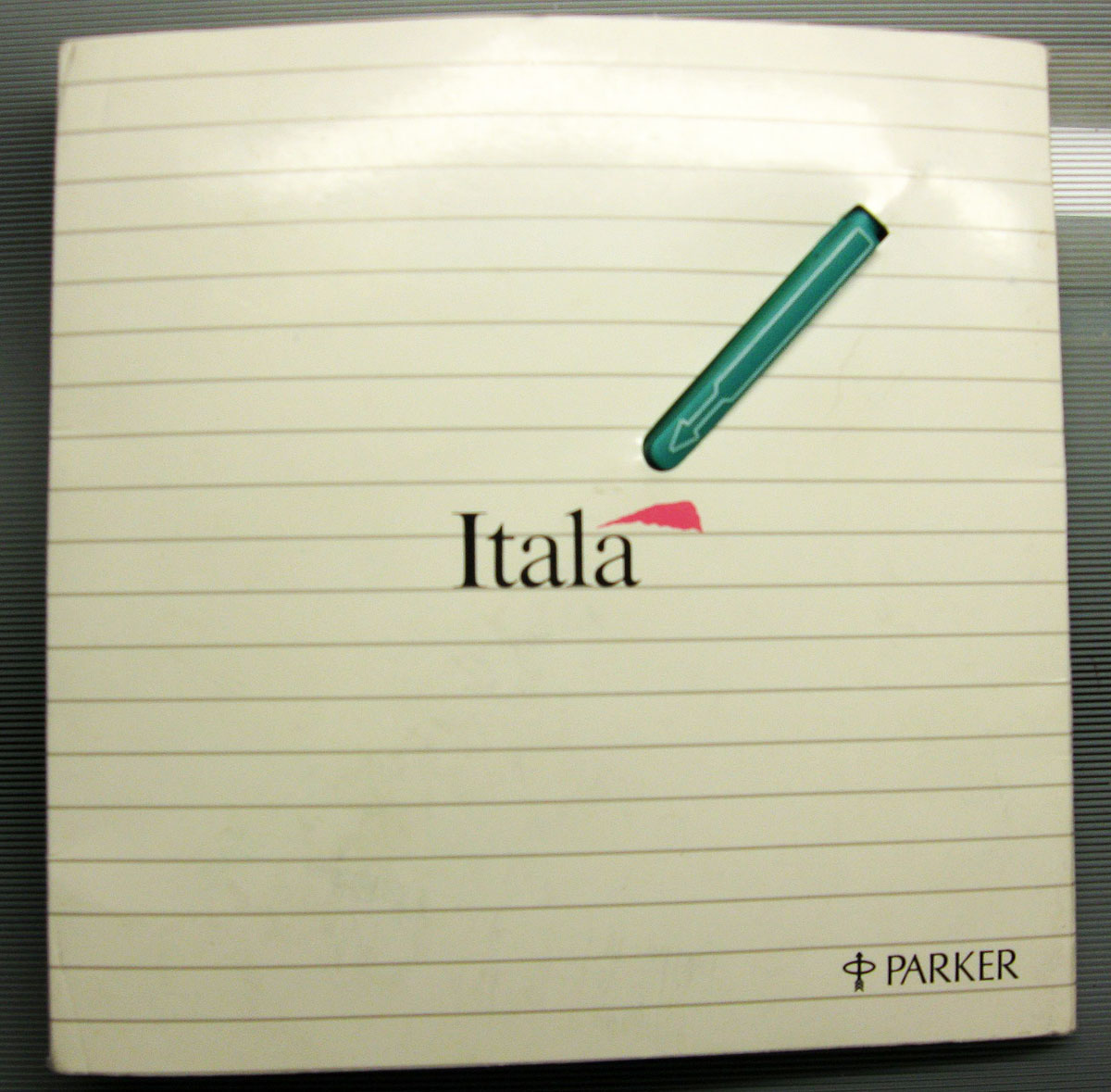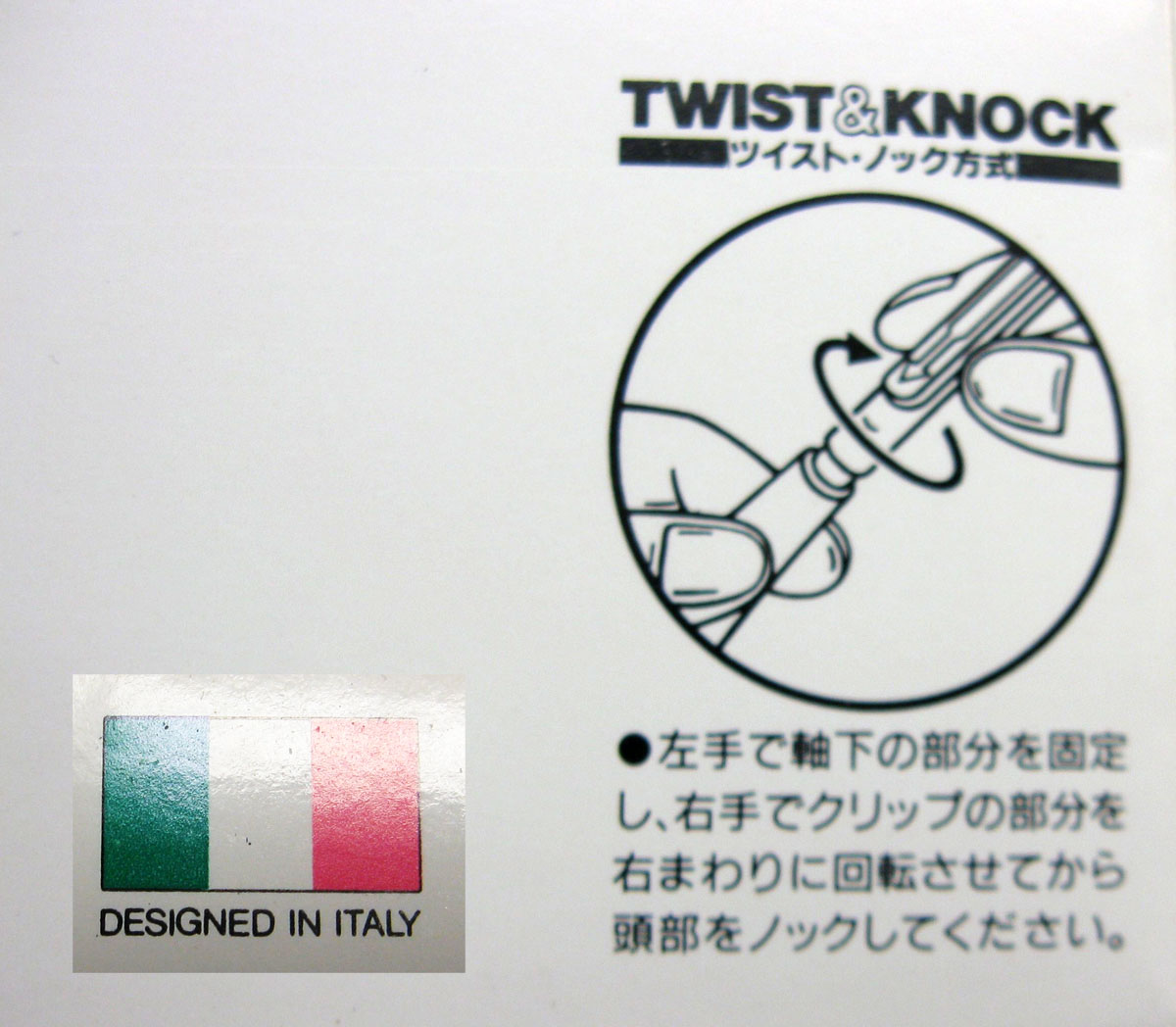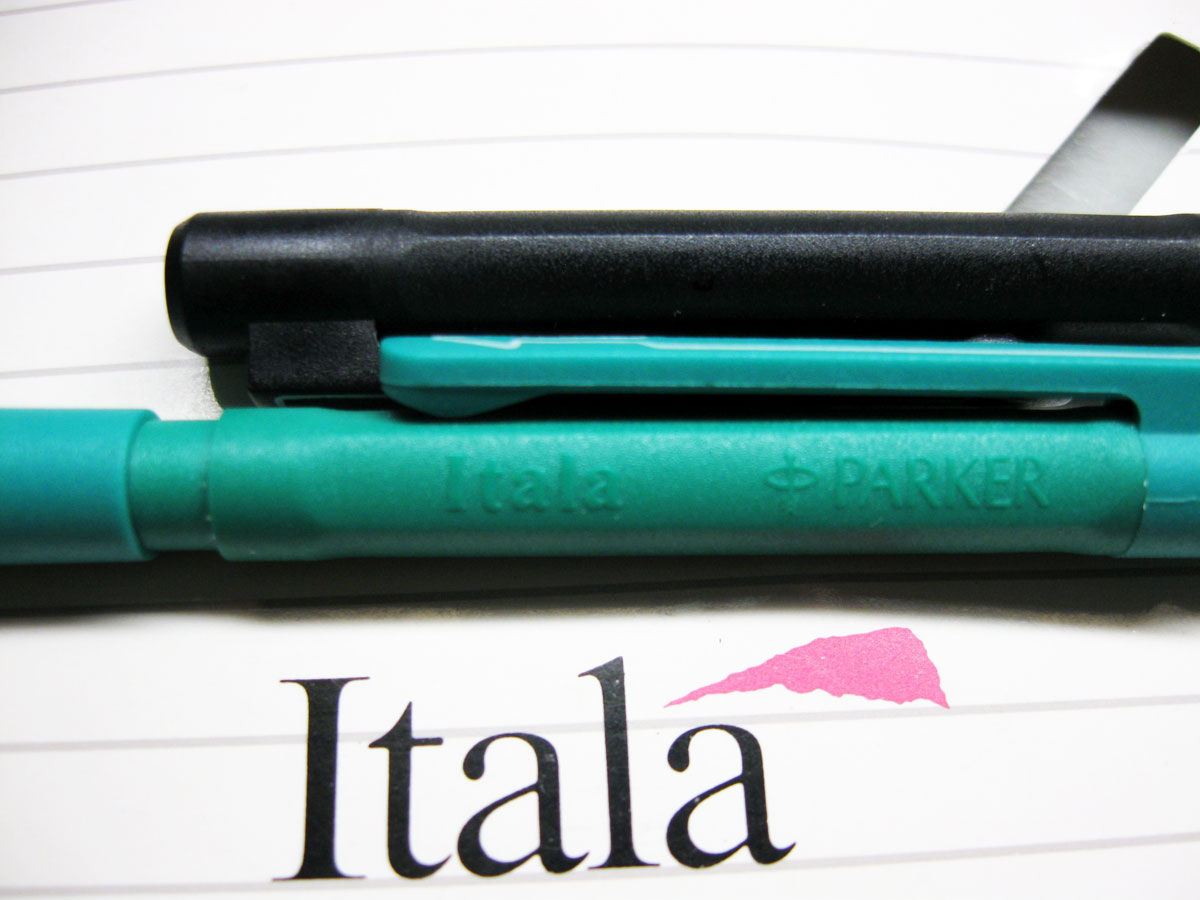
| parkerpens.net |
| PARKERCOLLECTOR.COM |
|
||
Parker was so decentralised that the smaller subsidiaries had the mandate to make crucial business decisions and more than 40 advertising agencies were advertising Parker pens all over the world. As time would show, the different advertising was in fact a good strategy, since the agencies knew their local markets, but the downside was that Janesville didn't even know which, or how many Parker pens were made and sold. |
Something had to be done. In early 1982 George Parker decided to bring in a new management team from outside the company. This was previously unheard of. Parker had always been a family company. Parker offered James Peterson, an executive vice-president at R.J.Reynolds, the job as Parker's new president and CEO, and Manville Smith was recruited as president of the writing-instrument group. Smith was born in Quito, Ecuador, and grew up and got his Masters of Economic in Lima, Peru. He came from 3M, and obviously had a broad international background. Only 30 years old he had been appointed division president at 3M. Richard Swart became the new vice-president for marketing of the writing instrument group. He came from the advertising agency BBDO long experienced with marketing planning. |
|
The Parker Itala. |
The five men were highly skilled in international business and was very experienced. They all left high-paying positions to come work for Parker for the specific purpose of saving the company. James Peterson's business vision was to transform Parker to a highly centralised company. A company with one strategy, one marketing plan and one small group of leaders. Peterson started to dismantle Parker's diversified world-wide organization. He slashed the product line from 500 to the 100 most profitable items, according to New York Times. This also meant that Janesville headquarters was going to decide which models should be produced abroad and not. Peterson also ended the cooperation with 40 local advertising agencies in favour of Ogilvy & Mather, the "world-class agency". |
When Manville Smith arrived as president of the writing-instruments group, he evaluated Parker internationally and he was shocked to see that Parker only had a six percent share of the global pen market, and didn't take part at all in the segment that was responsible for 65 percent of the world-wide pen sales, pens that sold for less than $3, according to Ronkainen. This was the very area George Parker II had decided to leave in the late 1960's when he shut down Parker-Eversharp. Smith decided against George Parkers wish that it was essential to participate in the lower end of the market in order to survive. He realised that Parker UK already had developed a pen that would fit the strategy, the RB1, later known as the Vector. He decided that the Janesville factory was in immediate need of an upgrade, and $15 million were invested in a new hyper-modern factory which main objective was to manufacture the Vector roller-ball, that would sell for $2.98. Smith calculated that the Vector could be produced for 27 cents which would of course result in huge profits. |
Itala packing. |
Peterson had given Manville Smith six months to get the Arrow Park running again, but it was soon clear that it would not be finished for the Christmas season of 1983. The new factory was to be computer-automated but it broke down repeatedly and Parker eventually had to hire manual labour again to fulfill the Christmas demands, which cost Parker millions of dollars. After the Vector, Manville Smith had planned goto even deeper into the low-price market with the Itala, which would be Parker's first disposable pen. It was a matte black all plastic pen which was twist action actuated. It was designed by the Italian designer Giorgetto Giugiaro, who among other things also designed coffee machines and cars for Maserati. |
The Itala was manufactured in Japan and was offered in a hard cover envelope. The patent application was filed in December 1983 by Parker in the Netherlands, but when the patent finally was accepted in September 1985, the Itala had already been put on the shelf. George Parker was in fact so enraged about the idea of diminishing the Parker trade mark by offering a throw-away pen that he had Manville Smith fired. And since the failed Janesville-Vector time-line was Smith's pet project, George Parker was provided with a good reason for letting him go, according to Smith himself. |
|
|
Firing Manville Smith turned out to be catastrophic. He was the only one in the team who saw the need for local advertising flexibility. Smith had been involved with Ogilvy & Mather on the first global advertising campaign, and thanks to him Ogilvy & Mather had in fact allowed for some local flexibility. When Smith left no-one opposed Peterson's "one-look" advertising. The results would prove calamitous. Also the way Peterson enforced his advertising policy alienated the remaining managers who previously had supported him. His proclamation read: "Advertising for Parker pens [no matter model or mode] will be based on a common creative strategy and positioning. The worldwide advertising theme, 'make your mark with a Parker', has been adopted.[It] will utilize similar graphic layout and photography. It will utilize an agreed-upon typeface. It will utilize the approved Parker logo/graphic design. It will be adapted from centrally supplied materials", according to Ronkkanen. |
Jack Marks, in charge of writing-instruments advertising, later confessed that the campaign "tried to say something to everybody and didn't say anything to anybody". In spite of all this Peterson himself refused to admit that the strategy wouldn't work. In January of 1985 he once again tried implementing his global advertising, to no avail. Peterson's position was now terminal. There was a wide sense of resentment towards how Parker was run and of the management, and following "very stringent cuts" in all areas, morale was low, production problematic, and the reaction against the campaign was so fierce that Peterson resigned the day before New Years Eve in 1985 after a meeting of the company's board in Marco Island, Florida. Parker had acquired Manpower in March 1976 and by this time it was clear that Manpower had surpassed Parker itself in earnings. When Peterson was gone Mitchell Fromstein, the president of Manpower, stepped into his shoes. The unbelievable decision was made that Parker would pull out from the pen business. Fromstein was himself against Peterson's marketing startegy. He gathered the company's managers in Janesville and told them that "global marketing is dead. You're free again". |
Imprint. |
James Peterson went on to work for The Dun & Bradstreet Corporation, while Manville Smith worked at Right Management Consultants for 12 years before moving to Spherion. Even today the Parker-Peterson experiment is used in marketing schools as a case-study of the importance of knowing your local market. In 1996 the French Parker factory in Merú, France, was closed down, integrated with the Waterman plant in Nantes. In 1999 the Janesville factory in th US was shut down, and in 2010 the Factory in Newhaven was closed. But that's another story ... |
|
© 1995-2019 Tony Fischier and The Parker Pen Company®/Sanford Ecriture.
This page is in no way sponsored by or created by the Parker Pen Company®. All opinions, views, and thoughts expressed herein are expressly the authors, and in no way reflect the opinions, views, or thoughts of the Parker Pen Company®/Sanford Ecriture. All logos and/or images on these pages are © Copyright of Parker Pen Company®Sanford Ecritureunless otherwise stated and is reprinted by kind permission. If You feel that Your copyright has been violated please contact the WEBMASTER.
Everything on this website is copyrighted by law and can not be used without written permission from the author, Tony Fischier. You may however use the information as reference material and although it is forbidden to make digital copies or reproductions it may be physically printed for personal use, which does not include use on other web pages or in advertising. You may however quote parts of the content of this website, digitally or physically, providing that the source and author is clearly stated, together with the copyright information. In the US referred to as Fair use. If you use any information on this site, add a link.
Feel free to donate a small sum through Paypal to help this site to stay online. Acknowledgements.
Parkercollector.com in translated versions





